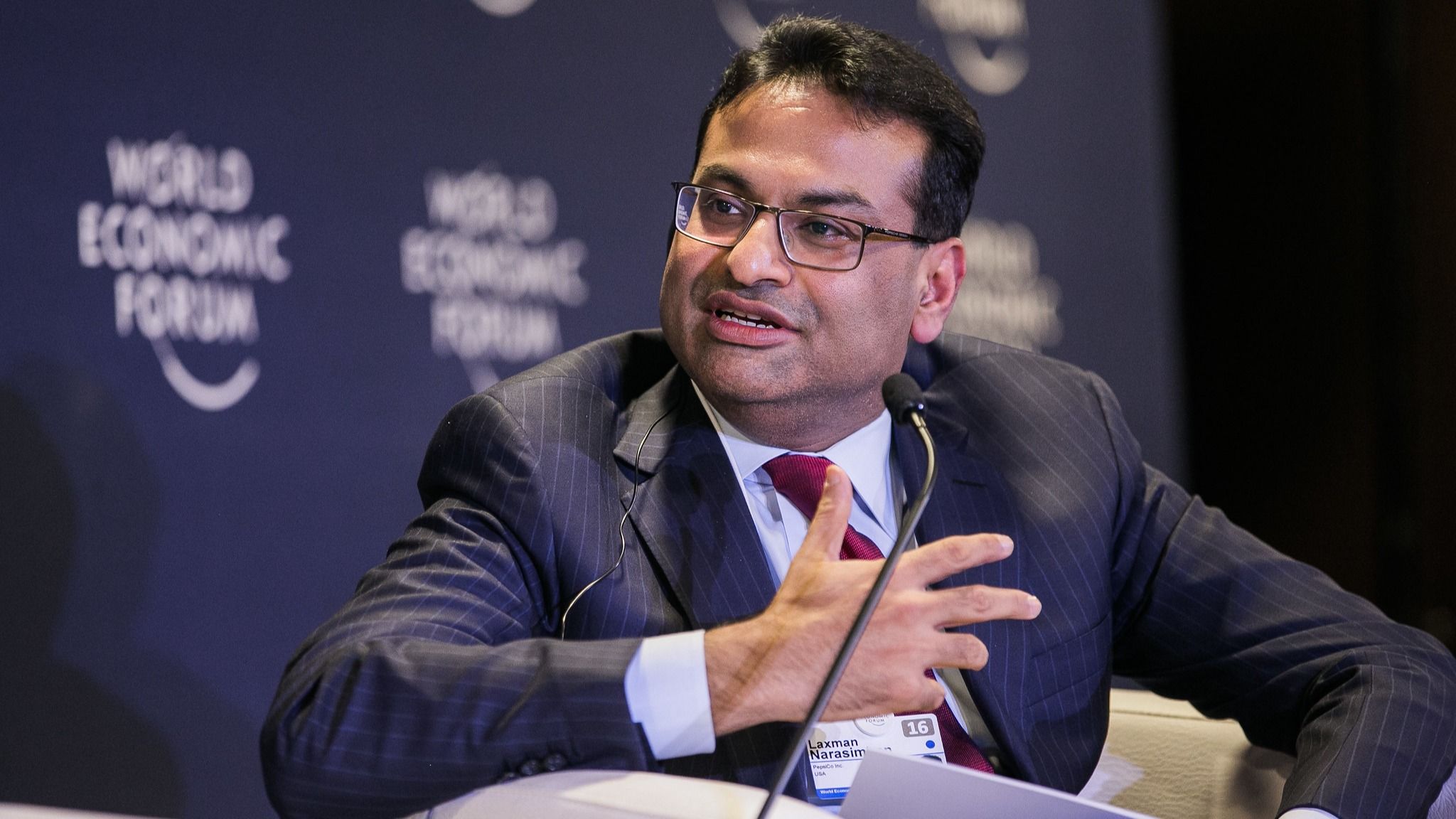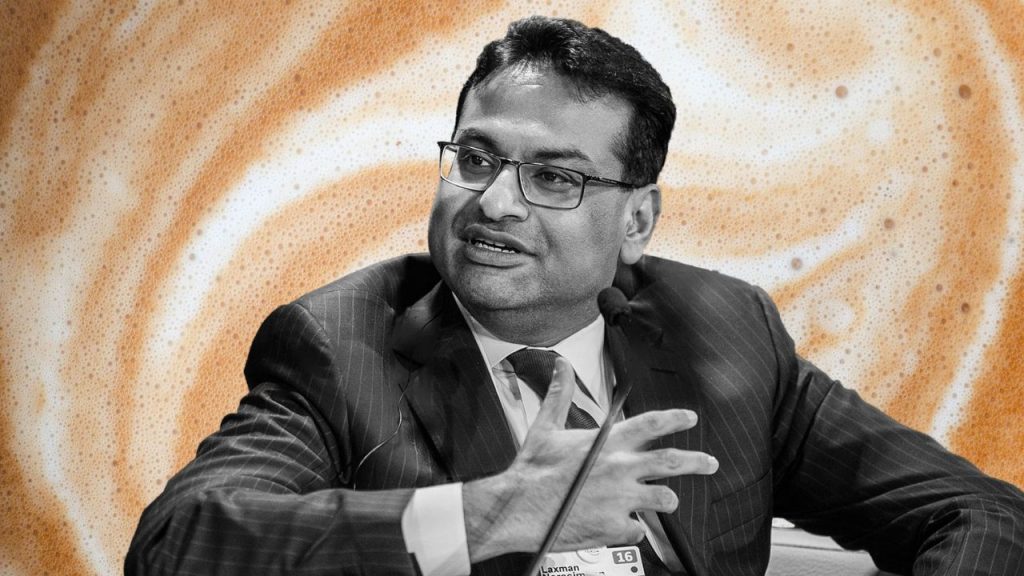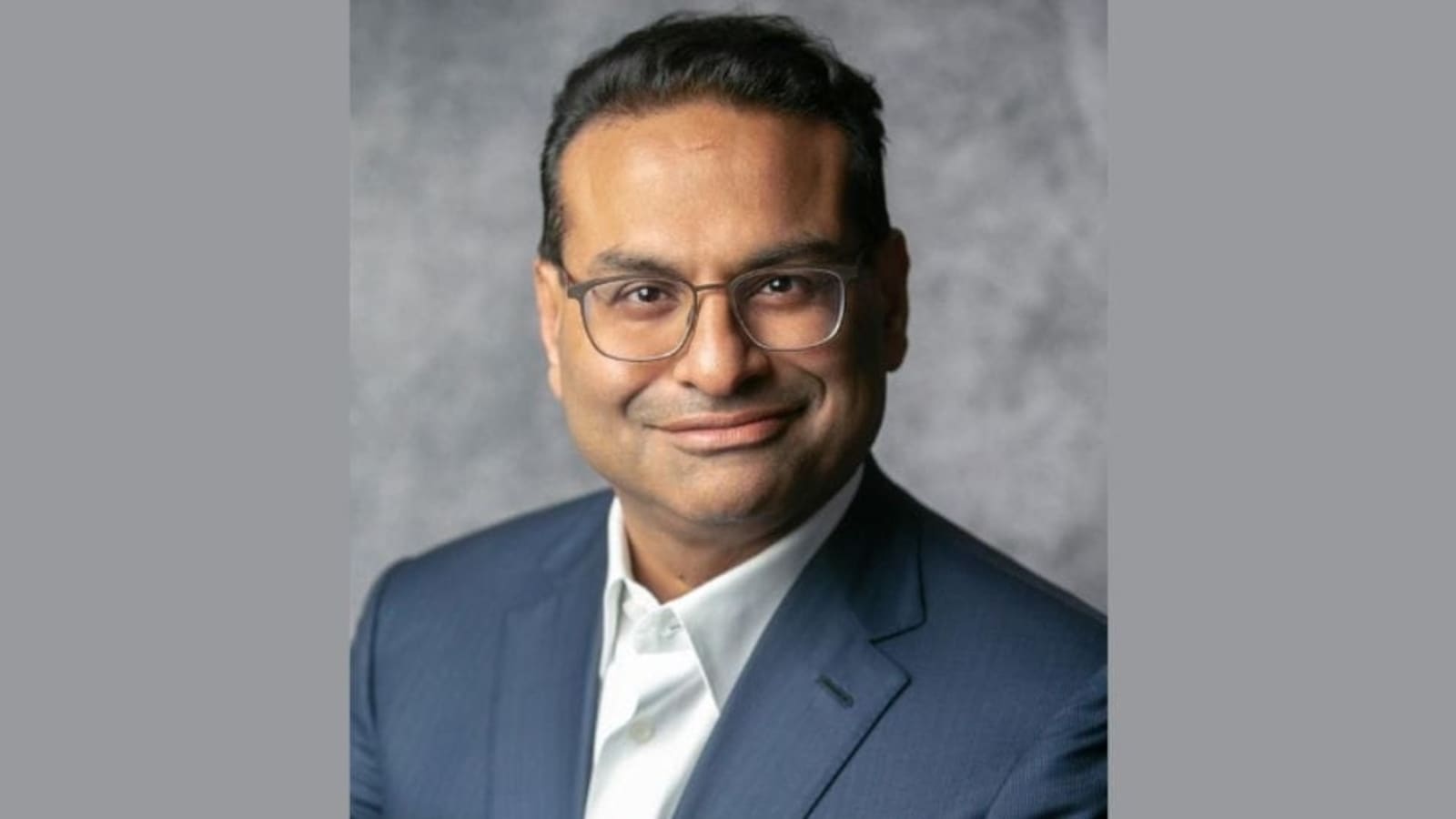Laxman Narasimhan’s Career Journey

Laxman Narasimhan, the current CEO of Starbucks, has a distinguished career spanning over two decades across various industries, showcasing his expertise in leading global brands and driving business growth. His journey is marked by strategic leadership roles in renowned companies, demonstrating a consistent pattern of success and innovation.
Key Positions and Achievements
Narasimhan’s career path is characterized by a series of progressively challenging positions, each contributing to his leadership development and expertise. He has held leadership roles in diverse industries, demonstrating his adaptability and ability to navigate complex business environments.
- 1999-2001: PepsiCo, Inc. – Narasimhan began his career at PepsiCo, Inc., working as a management consultant in the Global Strategy Group. During this time, he gained valuable experience in strategic planning and analysis, laying the foundation for his future leadership roles.
- 2001-2005: McKinsey & Company – Narasimhan joined McKinsey & Company as a consultant, further enhancing his analytical and problem-solving skills. His work at McKinsey exposed him to a wide range of industries and business challenges, providing him with a comprehensive understanding of the global business landscape.
- 2005-2012: PepsiCo, Inc. – Narasimhan returned to PepsiCo, Inc., taking on increasingly senior roles in the global beverage division. He spearheaded the development and execution of key growth strategies, driving significant revenue and market share gains for the company. His achievements in this period established him as a rising star within the organization.
- 2012-2017: Reckitt Benckiser – Narasimhan joined Reckitt Benckiser as President of Global Nutrition, responsible for leading a multi-billion dollar business unit. He spearheaded the transformation of the nutrition portfolio, driving innovation and growth through strategic acquisitions and brand revitalization initiatives.
- 2017-2022: Reckitt Benckiser – Narasimhan was appointed Chief Executive Officer of Reckitt Benckiser in 2017. During his tenure, he focused on driving operational excellence, simplifying the organization, and investing in growth opportunities. He successfully navigated the company through a period of significant change, delivering consistent financial performance and positioning Reckitt Benckiser for continued success.
- 2022-Present: Starbucks – Narasimhan assumed the role of CEO of Starbucks in October 2022, bringing his extensive experience in leading global consumer brands to the iconic coffee company. His immediate focus is on accelerating Starbucks’ growth trajectory, enhancing the customer experience, and fostering a culture of innovation and collaboration.
Experience in Leading Global Brands and Driving Business Growth
Narasimhan’s career trajectory demonstrates his proficiency in leading global brands and driving sustainable business growth. He has consistently delivered results in highly competitive markets, leveraging his strategic acumen and operational expertise to achieve significant performance improvements.
- PepsiCo, Inc. – Narasimhan’s experience at PepsiCo, Inc., across various roles in the global beverage division, provided him with a deep understanding of the consumer goods industry. He gained valuable insights into brand management, product development, and marketing strategies, which he successfully applied in subsequent leadership positions.
- Reckitt Benckiser – Narasimhan’s leadership at Reckitt Benckiser showcased his ability to navigate complex organizational structures and drive transformation initiatives. He spearheaded the successful integration of acquisitions, revitalized existing brands, and implemented operational efficiencies, leading to significant revenue growth and market share gains.
- Starbucks – Narasimhan’s appointment as CEO of Starbucks signifies his reputation as a proven leader in the consumer goods industry. He is expected to leverage his experience in driving growth, innovation, and operational excellence to further strengthen Starbucks’ position as a global leader in the coffee market.
Comparison of Leadership Style with Previous Starbucks CEOs
Narasimhan’s leadership style is characterized by a data-driven approach, a focus on operational excellence, and a commitment to building a strong culture of collaboration. This contrasts with the leadership styles of previous Starbucks CEOs, who often emphasized a more entrepreneurial and customer-centric approach.
- Howard Schultz – Schultz, the founder of Starbucks, is known for his charismatic leadership style and his focus on building a strong brand identity. He emphasized customer experience and employee engagement, creating a unique culture that contributed to Starbucks’ early success.
- Kevin Johnson – Johnson, Schultz’s successor, focused on driving operational efficiency and expanding Starbucks’ global footprint. He prioritized technology and innovation, investing heavily in digital platforms and mobile ordering to enhance the customer experience.
- Laxman Narasimhan – Narasimhan’s leadership style is expected to be a blend of data-driven decision-making, operational excellence, and a focus on innovation. He is likely to prioritize building a strong organizational structure and fostering a culture of collaboration to drive sustainable growth for Starbucks.
Narasimhan’s Vision for Starbucks: Laxman Narasimhan

Laxman Narasimhan, the new CEO of Starbucks, brings a wealth of experience from his time at PepsiCo and Reckitt Benckiser. He has a clear vision for the future of Starbucks, focused on innovation, customer experience, and global expansion. Narasimhan’s strategic goals aim to address challenges faced by the coffee giant, including competition and evolving consumer preferences, while simultaneously strengthening its brand identity and culture.
Product Innovation
Narasimhan’s vision for Starbucks involves a strong focus on product innovation. He recognizes the importance of staying ahead of evolving consumer preferences and providing a wide range of products that cater to diverse tastes and lifestyles. Starbucks will continue to expand its offerings beyond its core coffee business, exploring new beverages, food items, and even merchandise.
“We need to be more innovative and creative in our product development, and we need to be more responsive to the changing needs of our customers.” – Laxman Narasimhan
This focus on innovation includes exploring new beverage categories like plant-based milk alternatives, cold brew options, and customized drink experiences. Starbucks is also investing in research and development to create new flavors and ingredients that appeal to a broader customer base.
Customer Experience
Starbucks is committed to providing an exceptional customer experience. Narasimhan believes that the company needs to continue to invest in its stores and employees to create a welcoming and personalized environment for its customers. He is focusing on initiatives like personalized recommendations, mobile ordering, and loyalty programs to enhance the customer experience.
“We need to create a seamless and personalized experience for our customers, from the moment they walk into our stores to the moment they leave.” – Laxman Narasimhan
This commitment to customer experience also involves investing in digital platforms to enhance the online ordering process and provide a more convenient and personalized experience for customers.
Global Expansion, Laxman narasimhan
Narasimhan has ambitious plans for global expansion. He sees significant growth opportunities in emerging markets, where Starbucks has a smaller presence. The company is focused on entering new countries and expanding its footprint in existing markets.
“We are committed to bringing the Starbucks experience to new customers around the world.” – Laxman Narasimhan
Starbucks’ global expansion strategy includes adapting its products and services to local tastes and preferences. This involves partnering with local suppliers and developing new products that resonate with the local market.
Addressing Challenges
Starbucks faces several challenges, including competition from other coffee chains and evolving consumer preferences. Narasimhan is addressing these challenges by focusing on innovation, customer experience, and operational efficiency. He is committed to creating a more sustainable and responsible business model that aligns with the values of its customers.
“We need to be more efficient and effective in our operations, and we need to be more mindful of our impact on the environment.” – Laxman Narasimhan
Starbucks is committed to reducing its environmental footprint by investing in sustainable practices and sourcing ethical ingredients. The company is also working to improve its employee benefits and create a more inclusive and diverse workplace.
Impact of Narasimhan’s Leadership

Laxman Narasimhan’s tenure as CEO of Starbucks has been marked by a period of significant change and strategic focus, aiming to revitalize the company and navigate the evolving coffee landscape. His leadership style, coupled with a clear vision for the future, has already begun to shape the company’s direction, impacting both internal operations and external performance.
Early Impact on Performance and Morale
Narasimhan’s leadership has been met with a mixed response. While some analysts applaud his focus on operational efficiency and cost-cutting measures, others express concern over potential impacts on employee morale and customer experience. Early reports suggest that Narasimhan’s emphasis on streamlining operations has led to a reduction in workforce, particularly in non-customer-facing roles, which has raised concerns about potential job losses and employee dissatisfaction.
Key Initiatives and Long-Term Effects
Narasimhan has implemented several key initiatives aimed at driving long-term growth and profitability for Starbucks. These include:
- Investing in Technology: Narasimhan has prioritized investments in technology, particularly in areas like digital ordering and delivery, aimed at enhancing the customer experience and streamlining operations. This initiative is expected to lead to greater efficiency and convenience for customers, while also providing valuable data insights for Starbucks to better understand customer preferences and optimize its offerings.
- Focus on Premiumization: Starbucks is expanding its offerings beyond its core coffee business, introducing new premium products and experiences. This strategy aims to cater to a more discerning customer base and drive higher margins. The success of this strategy will depend on the company’s ability to innovate and create compelling products that resonate with customers.
- Sustainability Initiatives: Narasimhan has committed to strengthening Starbucks’ sustainability efforts, focusing on responsible sourcing, reducing environmental impact, and promoting social responsibility. This initiative is expected to enhance the company’s brand image and appeal to environmentally conscious consumers, further solidifying Starbucks’ position as a leader in the coffee industry.
Shaping the Future of Starbucks
Narasimhan’s leadership style is characterized by a data-driven approach and a focus on strategic planning. He has emphasized the importance of continuous improvement and innovation, aiming to position Starbucks as a future-ready company. His vision for the future of Starbucks revolves around creating a more personalized and digitally connected customer experience, while also expanding the company’s presence in emerging markets and exploring new revenue streams.
Narasimhan’s leadership has set Starbucks on a new course, focusing on operational efficiency, customer-centricity, and sustainable growth. While the long-term impact of his initiatives remains to be seen, his focus on innovation and strategic planning suggests a commitment to evolving the company and ensuring its continued success in the dynamic coffee market.
Laxman Narasimhan, the new CEO of Starbucks, faces a challenging task in revitalizing the company. He might find inspiration in the story of Brian Nichols, a leader who successfully navigated a similar challenge. Brian Nichols , known for his strategic thinking and commitment to customer experience, led a turnaround at another prominent brand.
Narasimhan can learn from Nichols’ approach and apply it to Starbucks, fostering a culture of innovation and customer-centricity.
Laxman Narasimhan’s journey to becoming Starbucks’ new CEO is a testament to his strategic acumen and ability to navigate complex business environments. He brings a wealth of experience from his previous roles at PepsiCo and Reckitt Benckiser, where he honed his leadership skills and demonstrated a deep understanding of consumer trends.
As the new CEO, he faces the challenge of leading Starbucks into a new era, navigating evolving consumer preferences and market dynamics. This article provides insights into the key priorities and challenges that Narasimhan will need to address in his new role.
His success will depend on his ability to foster innovation, maintain Starbucks’ commitment to its core values, and continue to deliver a compelling customer experience.